Campfire Bonneville Universal IEMs – Cradle Of Pure Music
Campfire Bonneville is a $1399 USD pair of High-End Flagship Universal IEMs or In-Ear Monitors, with 4 drivers, one dynamic driver, and three balanced armatures, designed as one of the current Campfire Flagship IEMs, and a simple, stealthy design. Today we will fully review it in writing, also comparing it to other flagships currently on the market, including Spirit Torino Twin Pulse Beryllium (1000 USD), FIR Audio e12 Electron (1799 USD), Sennheiser Ie900 (1499 USD), HIFIMAN Svanar (1999 USD), Soundz Avant (1390 USD). As Campfire Bonneville has a unique sound, and it sounds best with certain sources, we will be exploring pairings with iBasso DX320 MAX TI (3499 USD), Astell&Kern A&Futura SE180 (1500 USD), and Lotoo PAW 6000 (1200 USD).
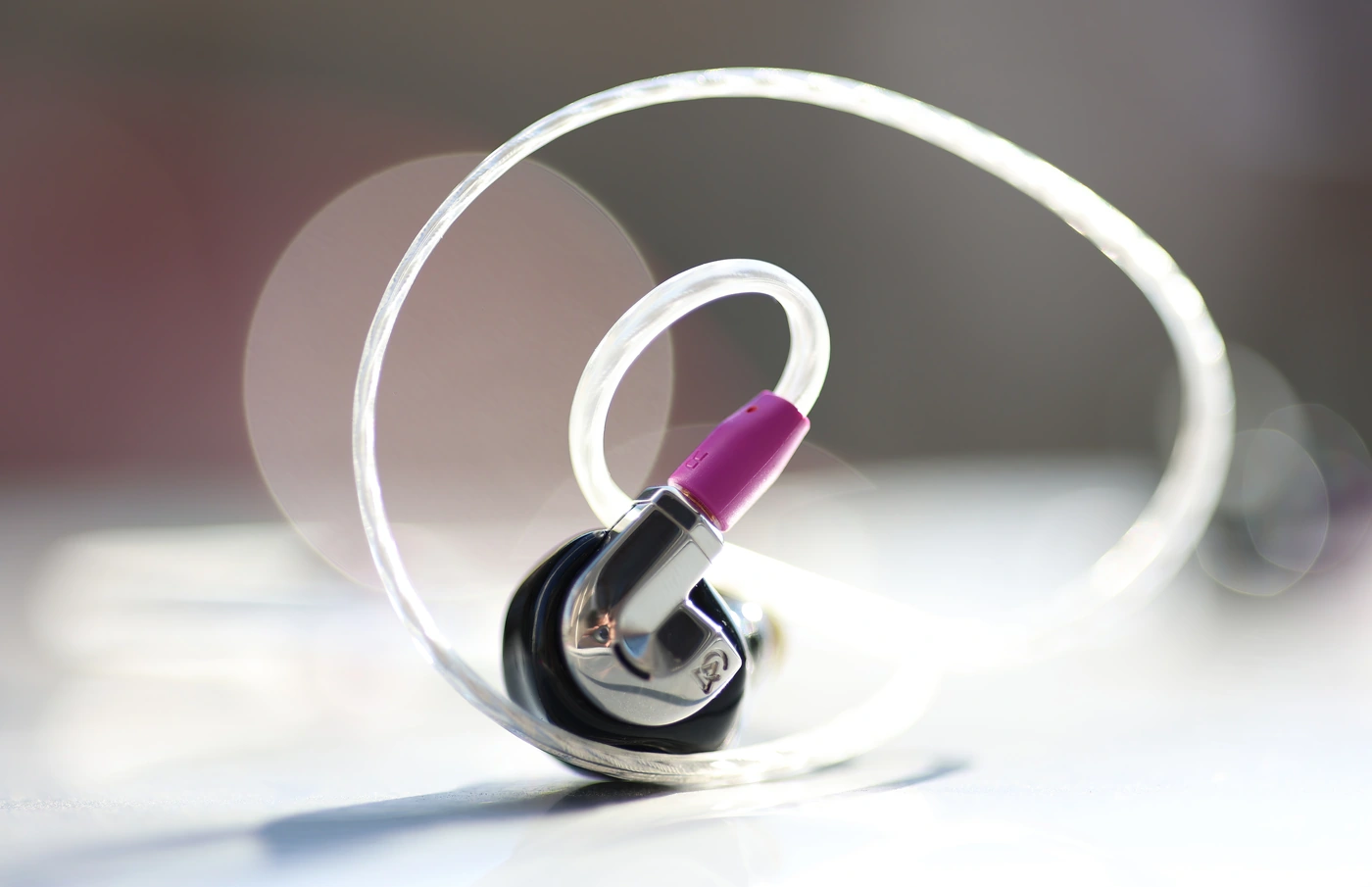
Introduction
Campfire is a colorful company from the USA, and when I say colorful, I am referring to the package of the IEMS, as in the sea of black and white, stealthy looking products I am reviewing on a daily basis, Campfire always brings something fun to the table. From origami folded paper for their cases, all the way to some of the most brilliant transport cases, if you have style, they got you covered. Campfire products are generally widely available from Amazon and a few other specialist shops, but they also have an online shop which is worth checking out. As an Amazon Influencer, I earn from qualifying purchases, and using the purchase links in my reviews helps me maintain this website and Youtube Channel. I thank Campfire for providing the sample for this review, in exchange for my honest opinion.

PROs – Exceptional build quality, scratch resistance, exceptional default cable quality, strong passive noise isolation, good ergonomics and comfort, no driver flex, no cable microphonic noise, a really dynamic, punchy and deep sound, excellent bass depth, instrument separation is top notch, a warm and musical midrange, rich sounding midrange, and a crisp, detailed treble, non-fatiguing sound, great overall balance of user experience and technical ability for the price.
Cons – I would recommend a different transport case for better protection, still a bit sensitive to source noise, transport case is flexible, Default tips .
Product Link
You can grab one from Campfire here – https://www.campfireaudio.com/products/bonneville
You can grab one from www.amazon.com here – https://amzn.to/49mpQop
Build Quality/Aesthetics/Fit/Comfort
I kept saying that Campfire is all about style and fashion in the Intro part, but Bonneville actually looks rather traditional for an IEM, with a full black resin body, metallic connector accents, and with a silver cable with violet accents. It is possible to order the Bonneville with the entire body in the violet / purple color, but I personally feel better having them with the fully black body. Every single product made by Campfire feels like an artisanal piece made for the love of music and art, so it is no shock that Bonneville comes with a complex inner build, including a 10mm Dynamic Driver and a custom BA driver for mids, and dual balanced armature for treble.
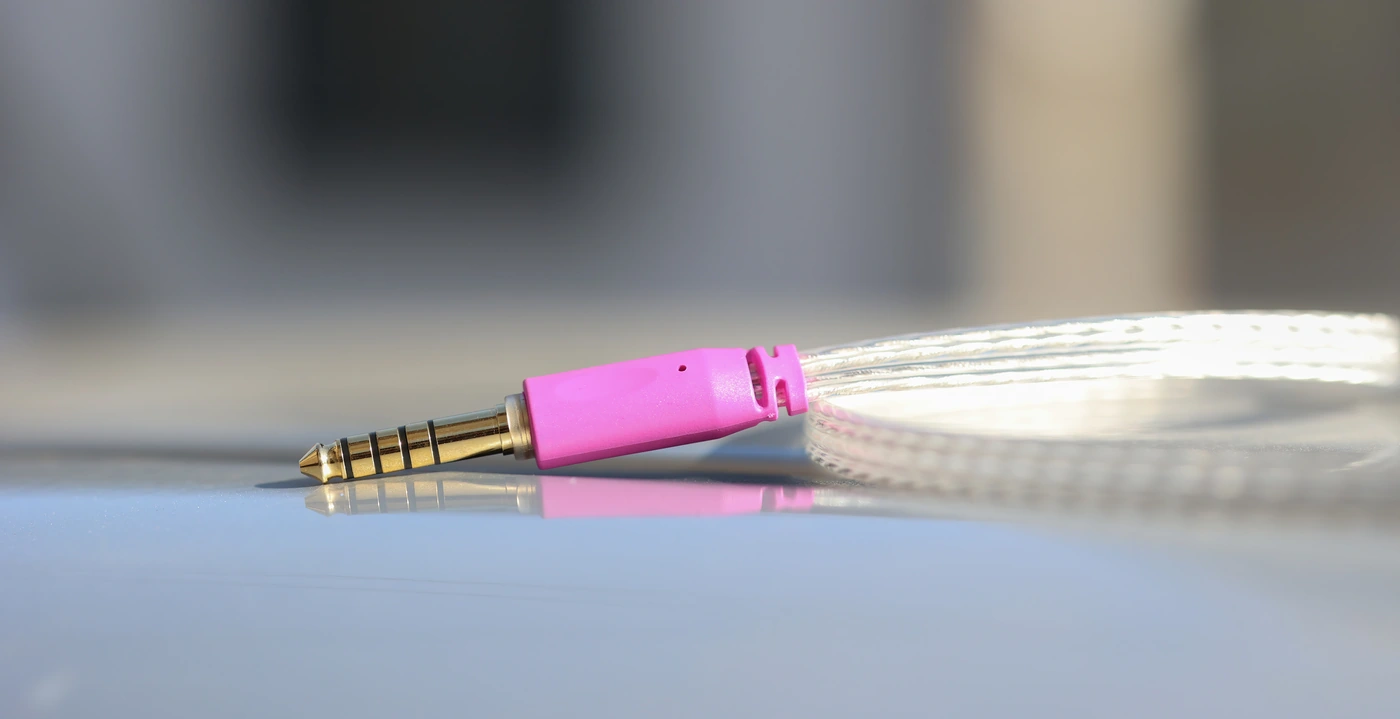
With a SPL of 94 dB, Bonneville is rather hard to drive on paper, and it also has a somewhat higher impedance than most IEMs, of 29 OHMs, with a THD of less than 1%. The fun part here is that Campfire IEMs are generally sensitive to source noise, so the increased Impedance and lower SPL are likely both parts of the company making their IEMs less sensitive to source quality. This being said, like the Cascara we will be posting about in a couple of days, Bonneville is rather sensitive to source noise, not exactly quite as sensitive as Campfire Ara, but it will show whether a source is of quality, and if it has a high output impedance.
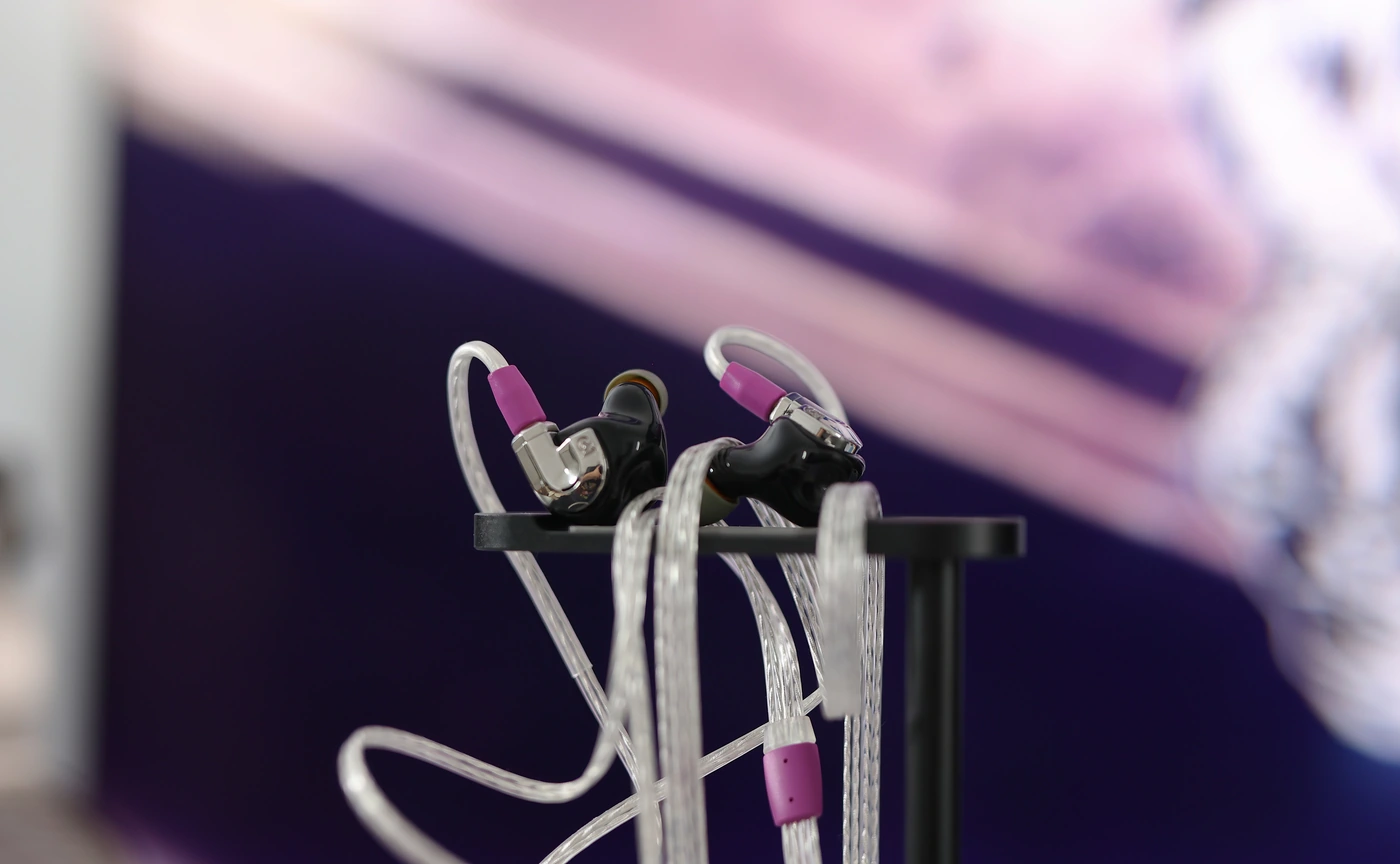
Campfire pointed out that they understand adding more drivers will not necessarily create a better sound, so they strongly go for quality over quantity, and creating better drivers instead of adding as many of them as possible. This is a solid theory, as having more sources of sound will just increase the number of variables in the equation, and some of the most popular high-end IEMs out there such as Dita Perpetua or Sennheiser IE900 are using a single dynamic driver. To trump over the competition, Campfire has their own driver treatment as well as acoustic engineering prepared, with Phase Harmony Engineering, allowing for better crossovers that feed a particular signal to each driver. The company also has precision engineering and shell geometry, combined with custom damping values, to shape the tuning and response of the drivers, and precisely tune their interactions. This is all done to match the phase response and crossover peak points of the drivers in such a way that there will be no phase cancellation, and for a hybrid design to sound as coherent and cohesive as a single dynamic driver design.
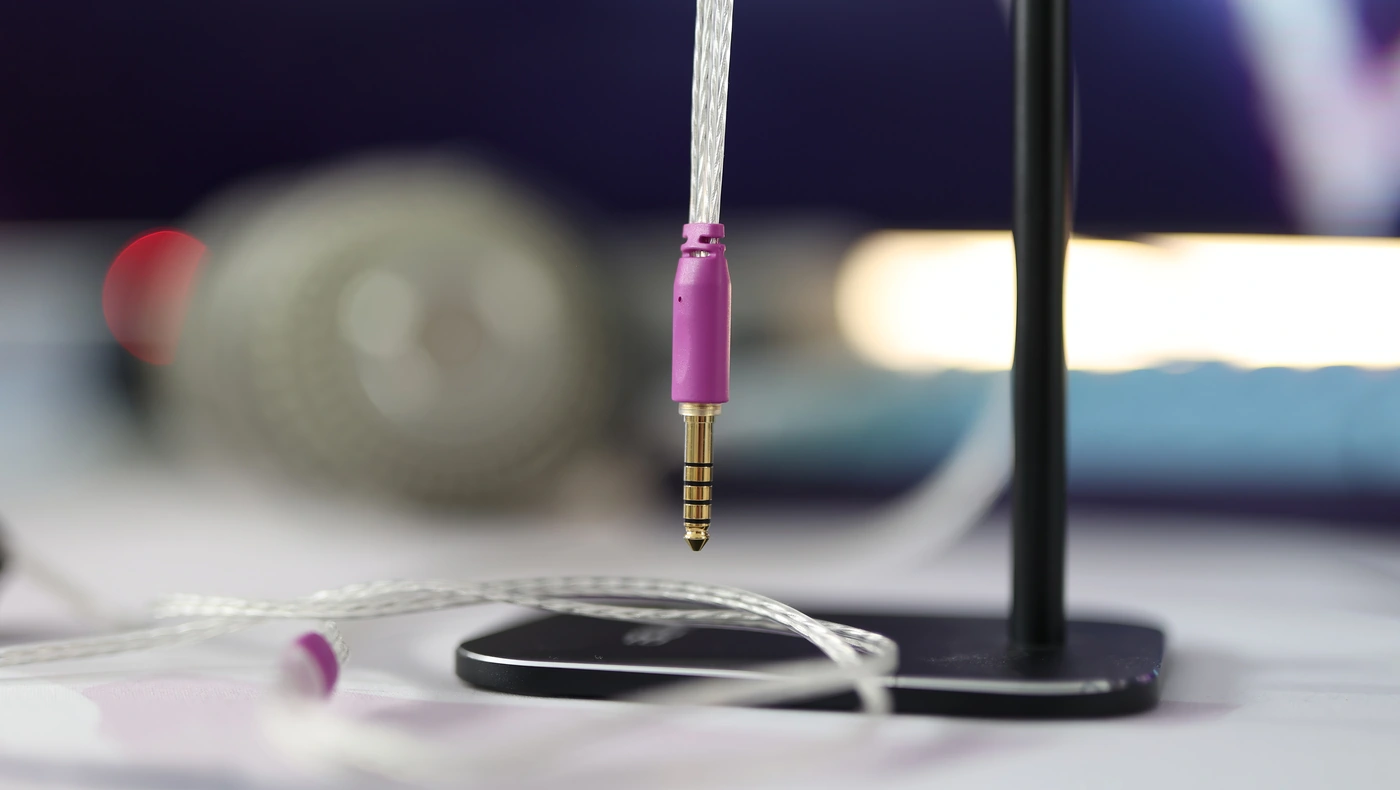
The specially crafted 10mm dynamic driver, is actually a Dual Magnetic Dynamic Driver, and in Bonneville it is implemented as a woofer, producing the low-end, and allowing the faster balanced armatures to render the midrange and the treble with precision. The balanced armatures used in the Bonneville are not your run-of-the-mill Knowles BA Drivers either, and we’re looking at dual-diaphragm drivers, one of the newest developments in the Balanced Armature tech. This new implementation should allow for a richer sound, giving a balanced armature greater sonic output, increasing the headroom and lowering the sensitivity, for a lower THD or Harmonic Distortion. There is no driver flex or void while wearing and inserting the Bonneville.
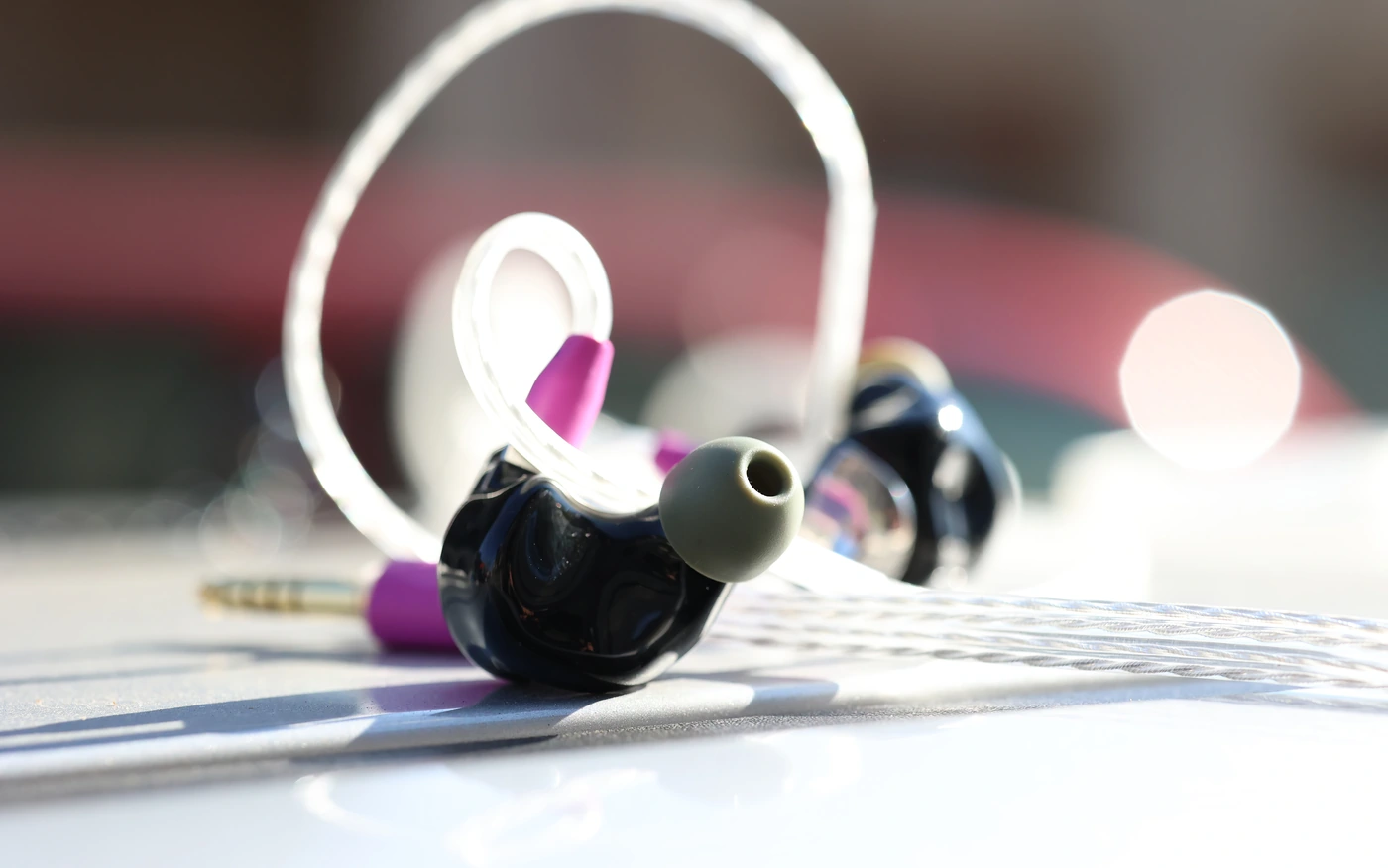
As I managed to write over 700 reviews to date, I had the chance of some IEMs getting damaged during transport, and to make sure that won’t happen with your new audio jewels, Campfire Audio has a Solid Body Design, with Bonneville having the drivers installed directly into a 3D printed engine block, everything being fixed inside of the IEM, with no wiggle space. This allows the company to create a complex and precise geometric shape of the IEM shells, as well as eliminate vibrations from within the IEM body, creating a solid acoustic room inside of the Bonneville.
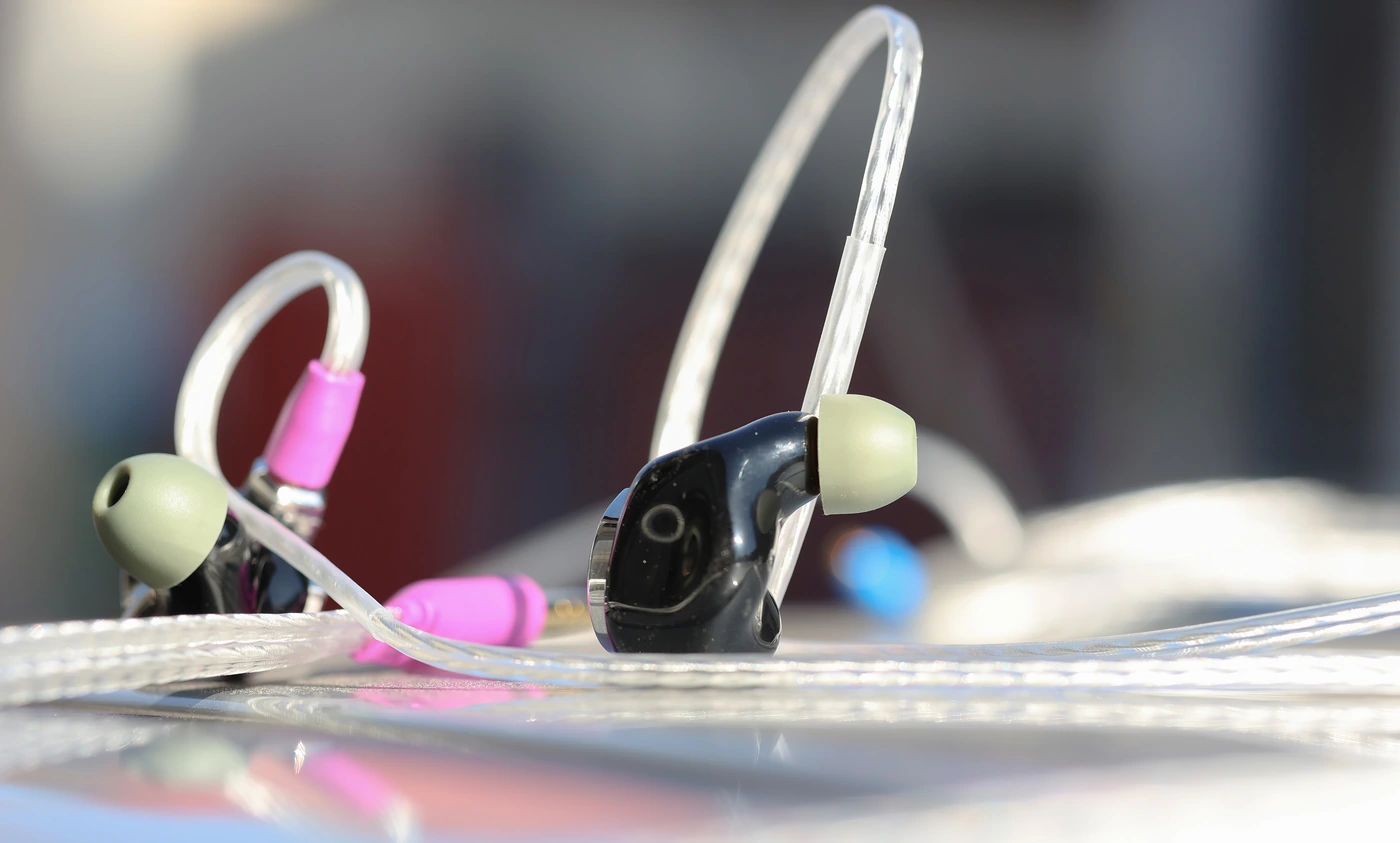
In actual usage, from all the IEMs I am working on reviewing, I actually love the Bonneville so much and find them so reliable and practical that I took them on my honeymoon vacation with my wife to Venice, and used the Bonneville continuously during the trip, including in the airplane trip, on train rides through Italy, and everywhere else. Bonneville is really comfortable, offers better than average to excellent passive noise isolation, and combined with my currently favorite music player, iBasso DX260, they offer what I could consider one of the best listening experiences known to mankind. The IEM shells are not small, but they are ergonomic, allowing for deep insertion in my ears, and the cables are both beautiful, tangle-free, but also well isolated from conducting microphonic noise. There are soft ear guides on the cables, and the cables are connected to the Bonneville via MMCX connectors, the only part that I added for my own experience having been the ddHIFI ST35 eartips, which have a softer silicone and which offer me improved seal with the IEMs. Campfire recommends the foam eartips, which will offer a great experience, and they also have a custom version available if you want to take things one step further.
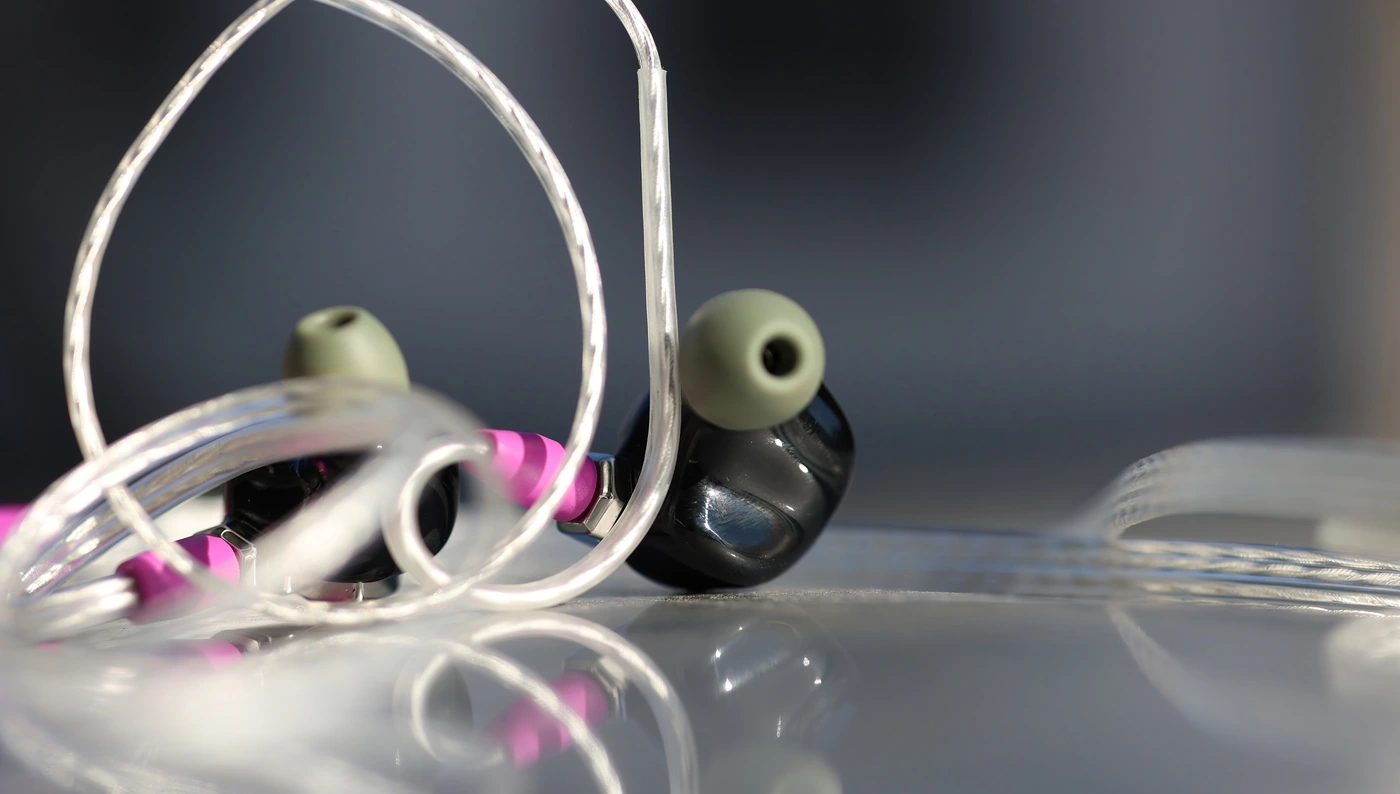
For this review I have been using a collection of sources, including FiiO Q15, JDS Atom DAC 2 + JDS Atom AMP 2, Shanling UA4, HIFIMAN EF600, HIFIMAN Serenade, Aune S9c PRO, iFi Audio Go Bar, Aune Yuki, iBasso DX260, iBasso DX320, and iBasso DX320 MAX Ti. Generally, Bonneville is easy to drive, and despite the lower SPL and sensitivity and increased impedance, they will get loud easily, and require a source that is detailed and refined, so my experience with iBasso DX320 MAX Ti, iBasso DX260, and surprisingly the JDS Labs Amp 2, has been rather excellent. I would recommend using sources with a known low output impedance, such as Aune S9c PRO over sources made for hard to drive planar headphones, such as EF600.
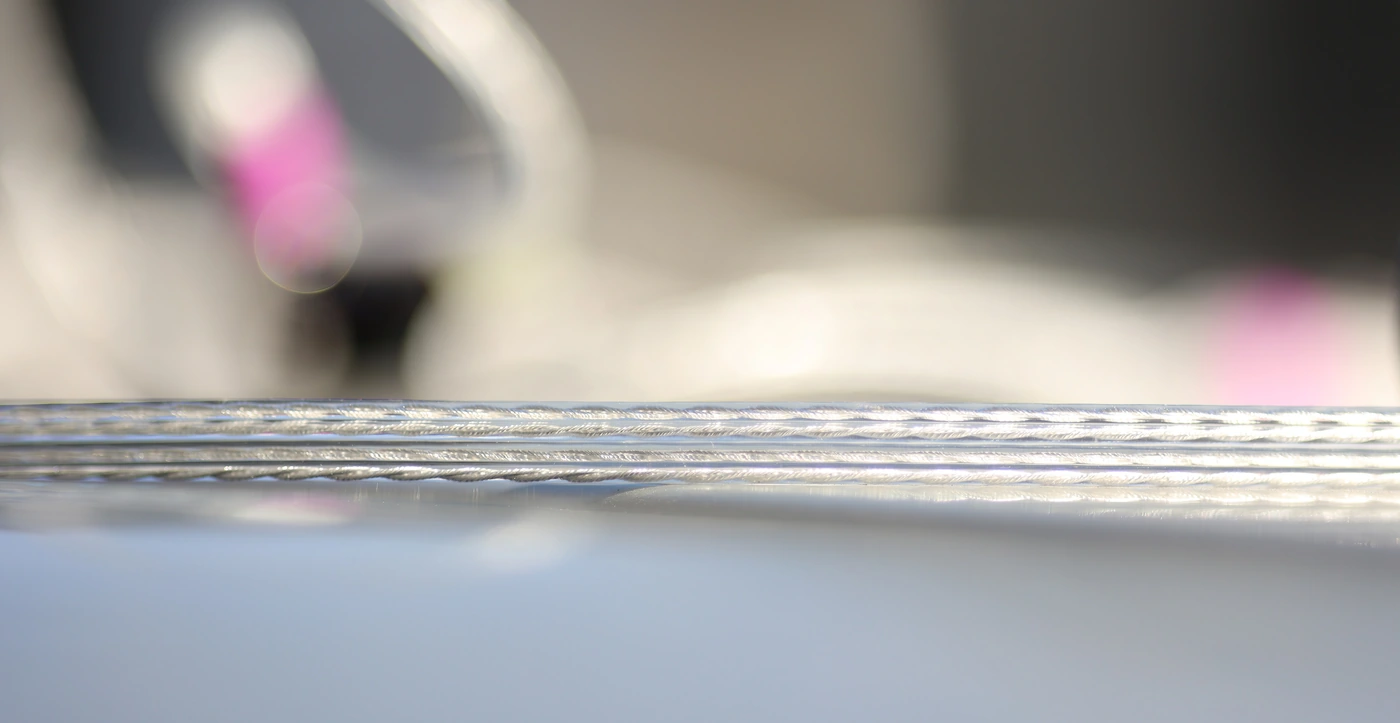
I have the version with 4.4mm balanced connectors, so I have been able to explore all of those sources at their best, although I did test pairing with aftermarket cables for the Bonneville too. The MMCX connectors are universal, and upon testing the Luminx Audio Sapphirus, and Eletech Azrael, I found that the sound of the Bonneville is rather balanced with the default cable, but can be made a bit brighter, and more neutral with the Sapphirus, and a bit more nuanced with the Azrael, if you feel like investing in aftermarket cabling. I do like the ergonomics of the default cable enough to feel like you’re likely to be happy with it though.
Sound Quality
Overall Signature – Campfire always makes colorful signatures and tunings, and they do not have a house sound, each IEM and producing following its own signature and tuning, with Bonneville being a warm towards V-Shaped sounding IEM with a natural midrange that emphasizes both male and female voices, giving a strong bass, and good depth to music, excellent dynamics, and a strong technical edge without sounding harsh or fatiguing, or even analytical. When I mention that an IEM has a strong detail and technical edge, most music lovers shudder, as it generally means a cold and bright signature, but Bonneville takes the resolution and detail revealing ability of Campfire Ara, but the warmth and pleasing musical edge of Dorado 2020, blending midrange smoothness with treble detail and a voluptuous, deep and strong bass. The signature is universal, easy to enjoy with all music styles, mastering all commercial and new music as well as Jazz, Classical and other acoustic styles.
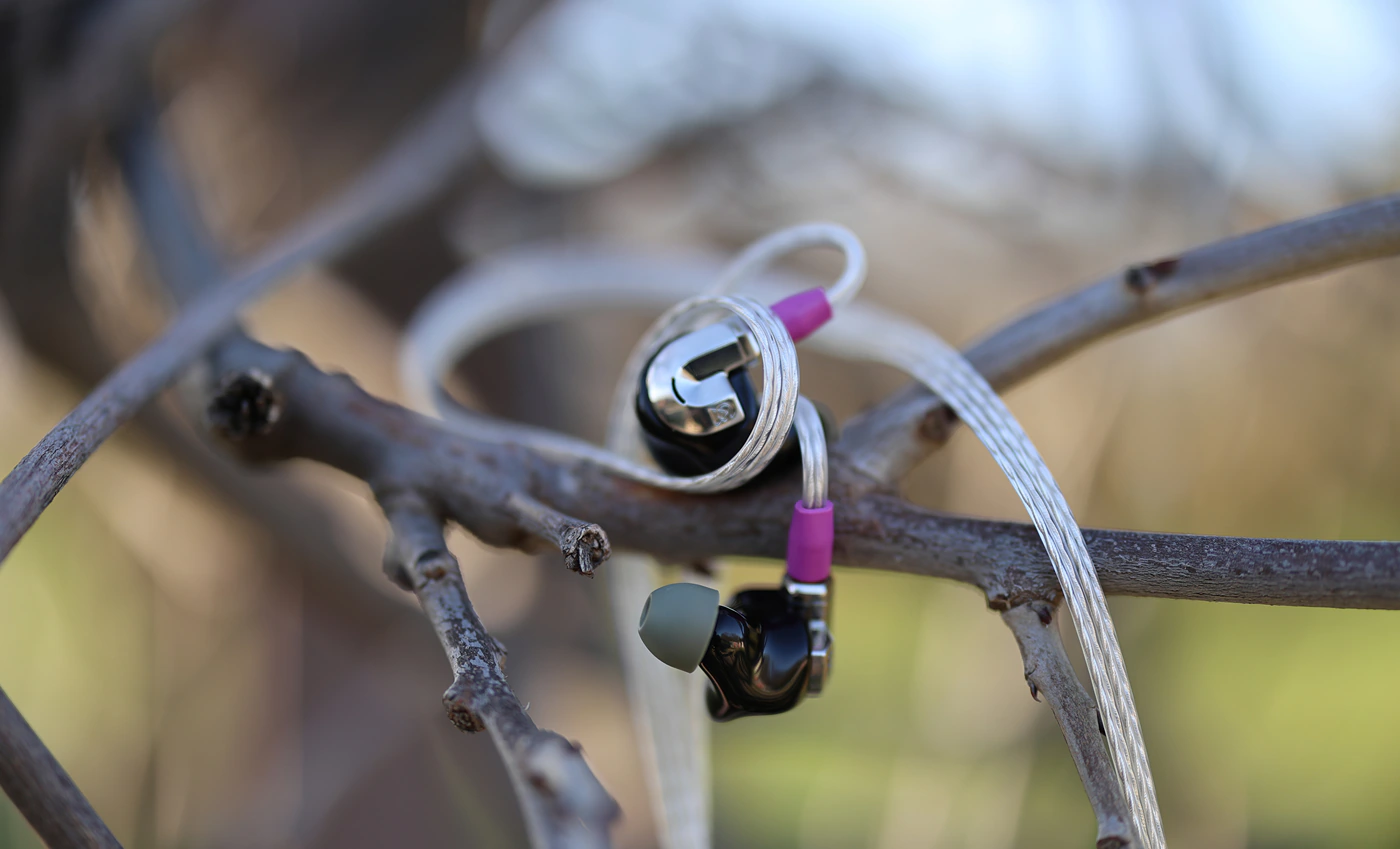
Bass – To create the low end of the Bonneville, Campfire is using a single dynamic driver, with a dual magnet design, and Bonneville is able to keep up with both rock, metal but also rap and EDM, showing the amount of bass that the song has rather than imposing a fixed amount or forcing a song to be warm and bassy if it wasn’t so to begin with. This means that you can expect rock and metal to have a natural amount of low end, you will hear the bass guitars, but they won’t sound overbearing or too forward, while EDM songs will have a thick and fat bassline that will reverberate the entire sound. For songs like Memphis May Fire – The Sinner, the bass is noticeable, but not a forward element, while guitars and the voices are the central elements of the sound. Both the drums and the cymbals are brought behind the voices, and presented with a slightly dark, damped tonality. Guitars are beautifully vivid, juicy and sharp, Bonneville being a perfect IEM for a rock guitar solo, and for enjoying some riffs and shredding.

Midrange – Bonneville has a warm, thick and natural sounding midrange, it can emphasize with both male and female voices, capable of revealing the finer nuances in both ACG music and J-Rock / J-Pop, but even deathcore and black metal equally well. Male voices are presented as direct, punchy and real, while female voices are generally presented sweet, clean and crystalline. The voices are placed exactly as they are mastered and mixed, for example DPR IAN’s Don’t Go Insane has his voice really forward, close to your ear and present in the entire soundstage, as the song was designed to be radio-ready and brings everything forward greatly, while compressing the dynamic range. In contrast, songs like pls set me on fire by Enter Shikari have both the lead and background voices damped and presented in line with the guitars and synths, creating a more homogenous mix for the entire song. If you really want to hear this song to its fullest, please try streaming it on Tidal or get the CD, the Youtube variant doesn’t do justice to how good the song is.
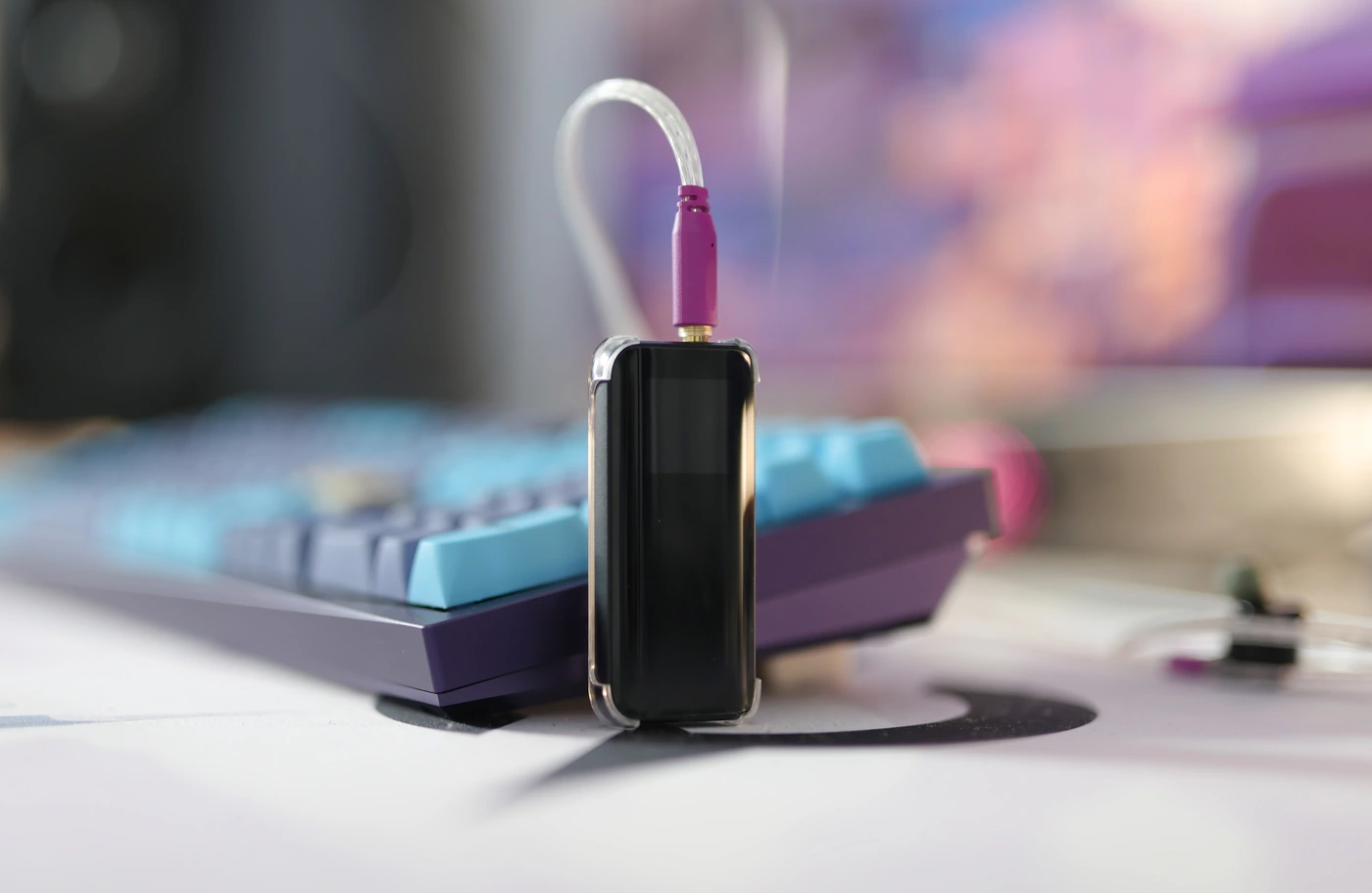
Dynamics / PRaT / Textures – I would say that the strong dynamics of the Bonneville are one of its highlights, this is an IEM that can really play music like it is being sang right in front of you and around you, it extracts any dynamics available, it creates strong contrast between instruments and offers exceptional instrument separation, if the mixing and mastering allows for it. The Attack is generally slow and builds up to each musical note tends to be gradual, creating the feeling of volume and weight, while the sustain is strong, and the decay is on the slower side too, creating the feeling of presence and space for all music. The character of the drivers is slightly different, with the bass driver being the slower one, and the balanced armature of the midrange being slightly faster, and the balanced armature handling the treble being one step faster still. This being said, the drivers are matched well, you don’t hear group or phase delay, instead the drivers are harmoniously creating the feeling that each note is natural and realistic. Textures are somewhat heavy, and the extra warmth in the midrange brings a bit of weight to each instrument, giving all songs a pumped up and punchy presentation.
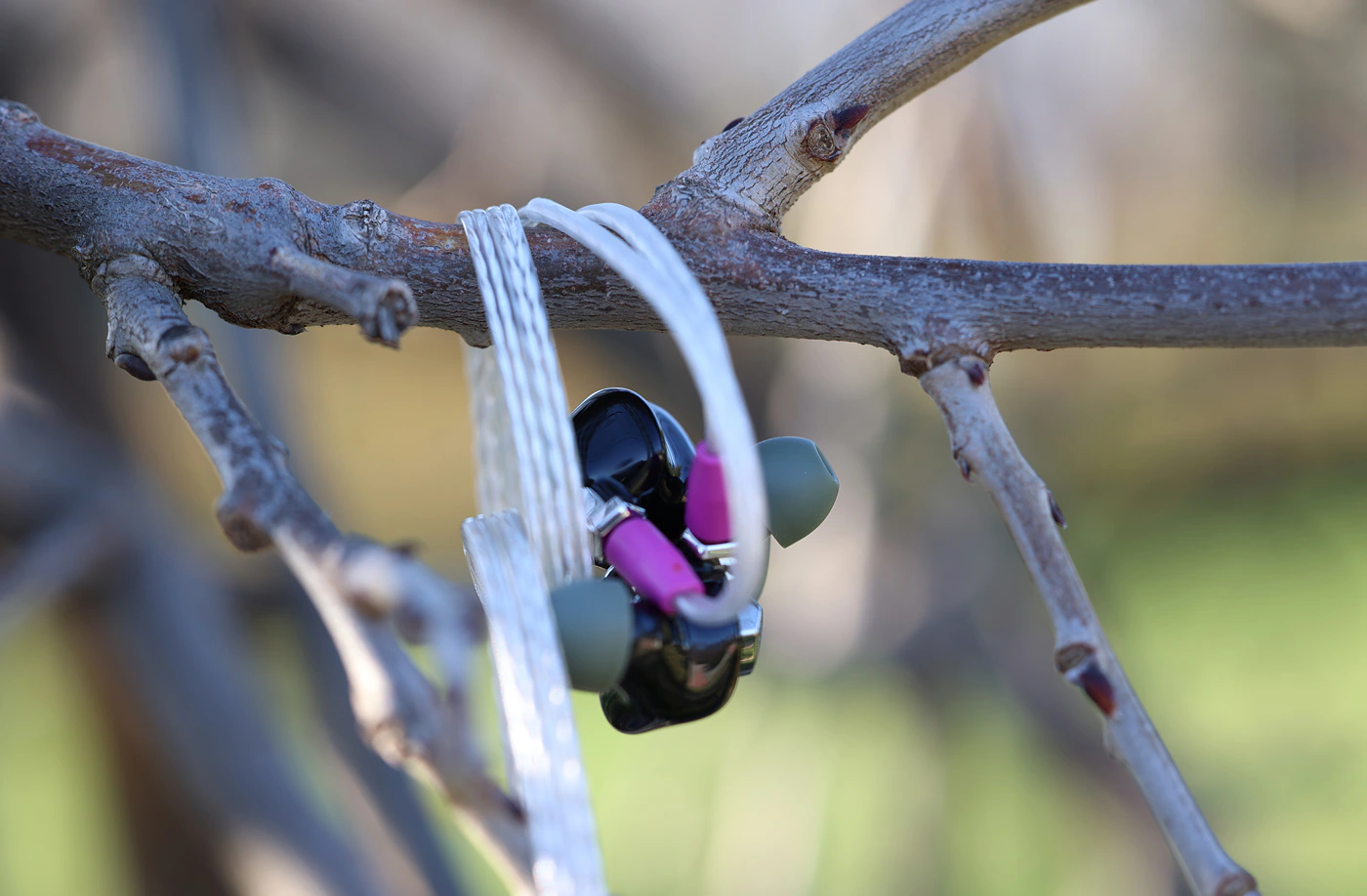
Soundstage – Bonneville is a natural sounding IEM in the soundstage, it gives music a natural space to play in, but the instrument separation is the part that’s surprising. Since we have a bit of mid bass bloom and a stronger bass, plus a thick midrange, this creates the feeling of separation and definition for each instrument, giving them individual body, presence and a well defined presentation. The soundstage extends naturally in both width and depth, being well rounded around the listener, and while voices and lead instruments are generally presented in an intimate space with the listener, special effects, cymbal crashes as well as background instruments are pushed far into the edges of the soundscene.
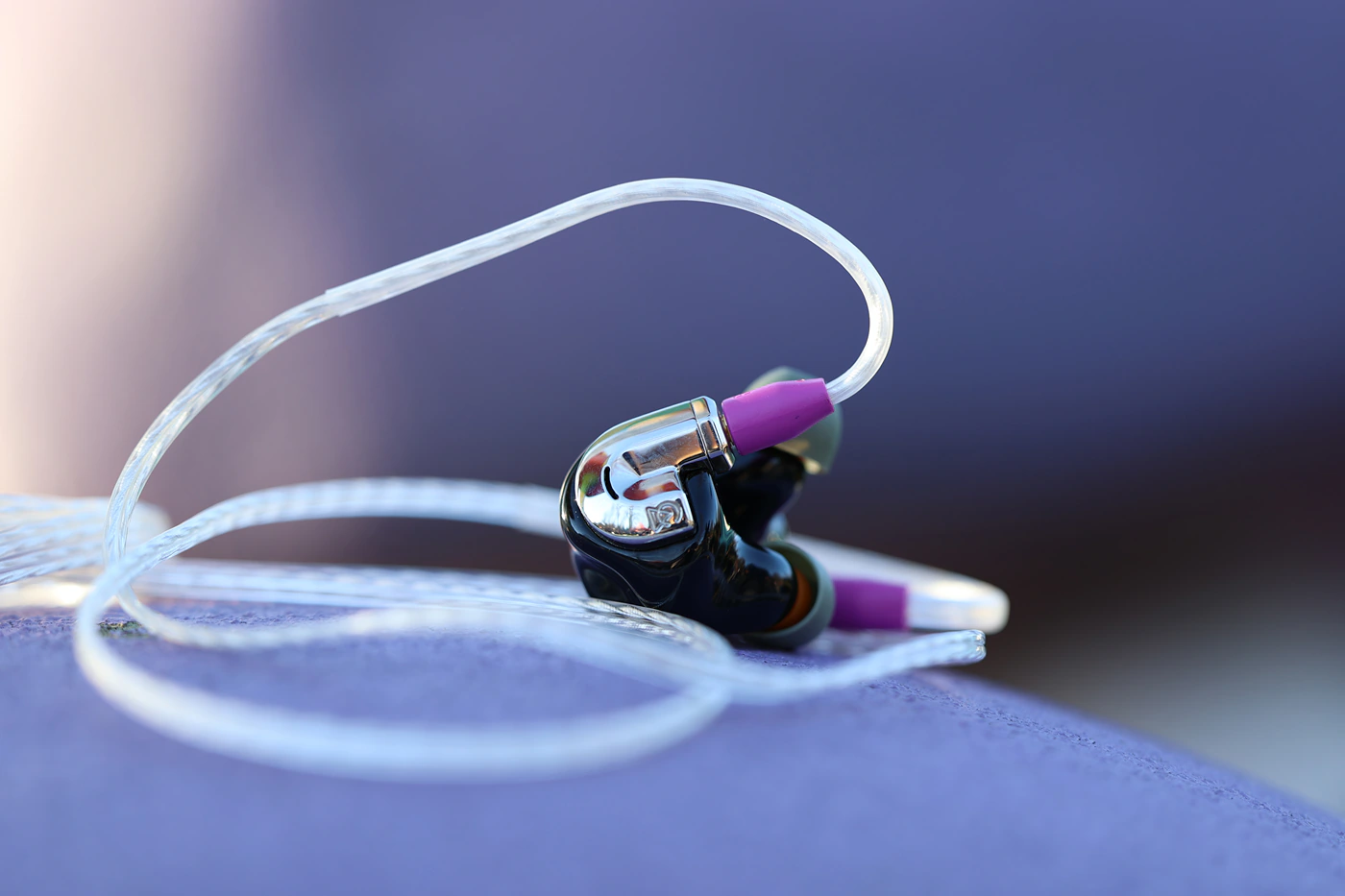
Volume Control – This is an effect I have noticed recently, but each product I test tends to change in different ways with more volume or less volume, and most earphones and IEMs tend to change their character, tuning and signature with the volume they’re played at. This can sometimes explain why some people hear them differently, why some people have a different taste for a certain product. Truth is that I bring any product as loud as I can, as I love the live concert experience and want to emulate that as much as possible. Bonneville actually has a pretty good volume control, it sounds similar across all volumes, although it becomes sharper, brighter and more open at louder volumes, the sound gets wider, more holographic and less warm if you’re going loud, while at lower volumes, it is deeper, warmer, has more bloom and less sharpness. Bonneville sounds best at medium and loud volumes, the sound gets more punchy and more vivid.
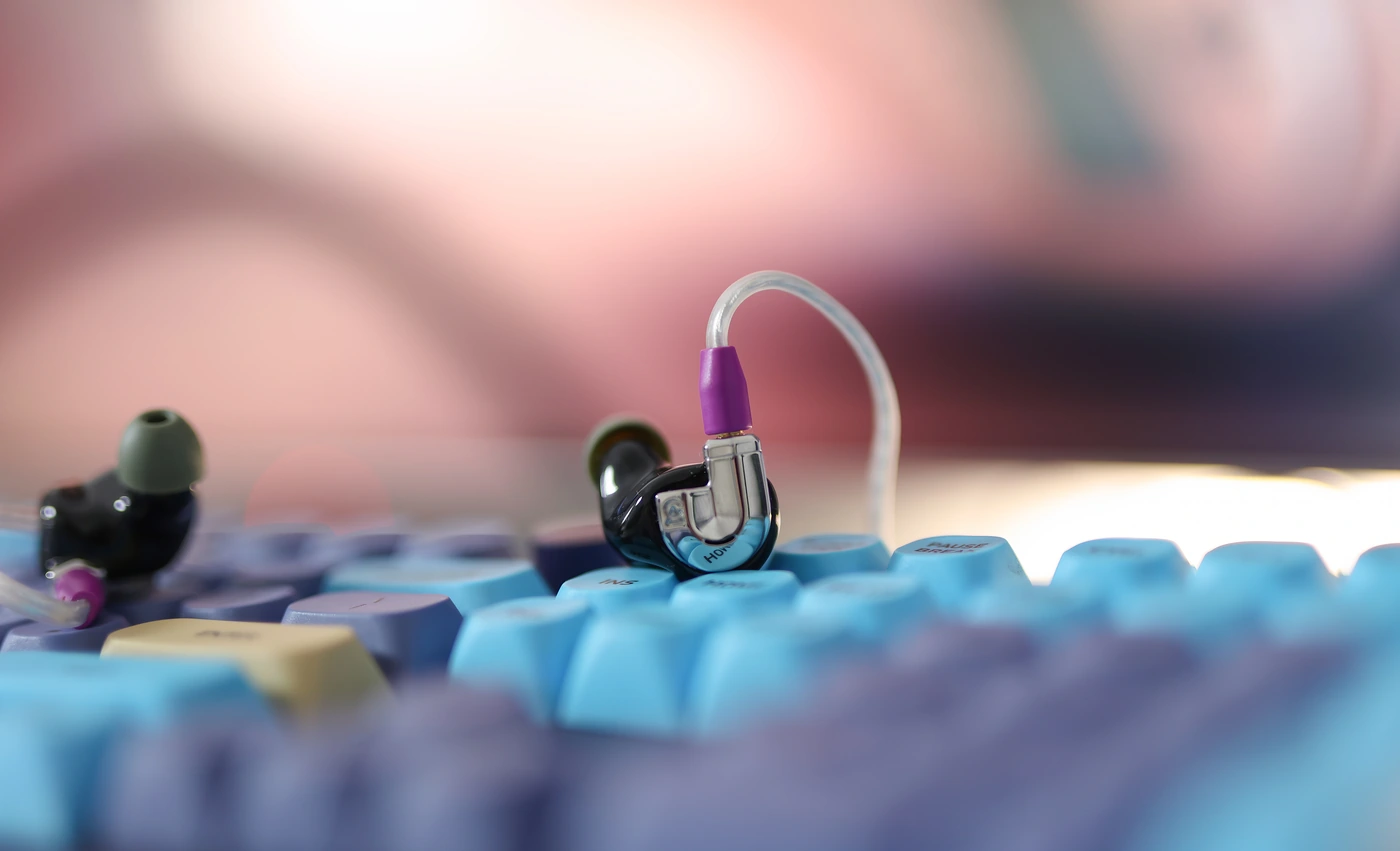
Treble – Speaking of the treble, Bonneville has a sharp, detailed treble that can reveal details and micro details in music really well, it has a peak range between 9 kHz and 12 kHz, and has a soft smoothing around those edges, plus a soft roll off effect above 14 kHz. There is no trace of metallic harshness, or sibilance, but there is a good sense of space and clarity in music, there is a good sense of definition and resolution, Bonneville is excellent at defining each instrument, and it gives music a sense of clarity, but without exaggerating and getting into the analytical side too much. The treble has around 2-3 extra dBs above the midrange, especially in the peak range, but otherwise has a smooth and lean character and will never be fatiguing, but it will keep music engaging and interesting, just the way I like it.
Comparisons
Campfire Bonneville vs Soundz Avant (1399 USD vs 1390 USD)
Build – Both Bonneville and Avant come from custom designs that can be made into excellent universals. Both IEMs have excellent fitting, a comfortable and ergonomic shell, both have a somewhat deep fit, and both have a good passive noise isolation. The cable of Bonneville is of a higher quality, and you have the option to order it with a balanced cable, while that’s not possible with the Avant. Both are easy to drive, and somewhat sensitive to source noise and quality, especially output impedance.
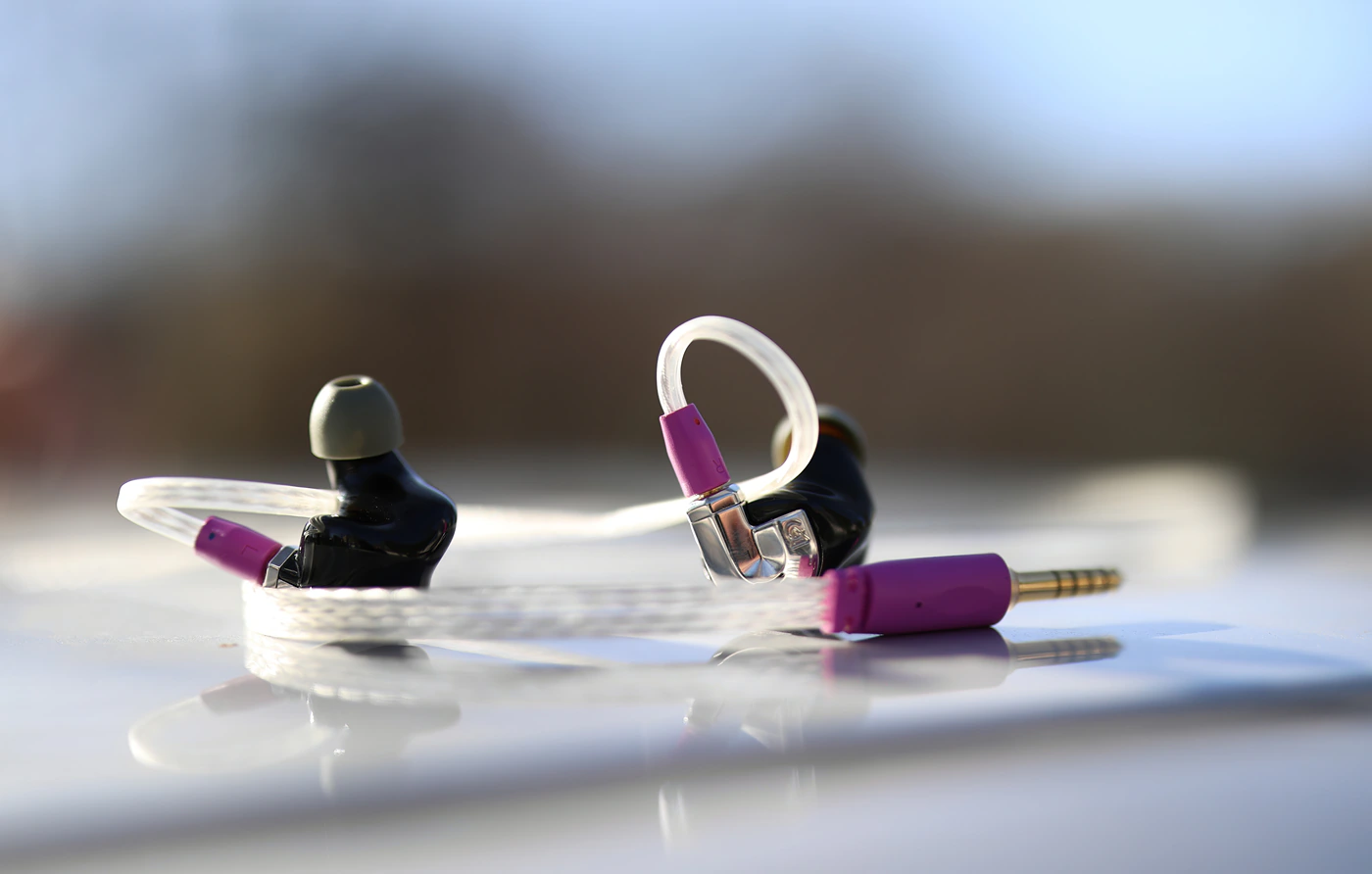
Sound – Sonically, Avant is more of a monitor / monitoring IEM with exceptional precision and clarity, but a flat response, while Bonneville is a listening IEM, enjoyable for long-term wear, exceptional at rendering music in a pleasing way, but not necessarily a strong monitor as it does not bear a flat tuning, instead going for a sonically pleasing and appealing tuning. Bonneville has more bass, more mid bass, a sharper treble, more treble sparkle, especially between 10 kHz and 13 kHz, where it peaks a bit, while Avant is more linear and neutral, sounding more monitor and studio like. Both IEMs have a great detail and precision, but it is easier to understand each individual instrument as its own with the Bonneville thanks to its stronger bass and midbass bloom, it helps define instruments more. Both IEMs have a good soundstage, Bonneville has a deeper soundstage, and a wider one too, with Avant sounding more intimate and bringing everything closer to the listener, in a hand’s reach, while Bonneville projects it all like you’d hear in a concert.
Campfire Bonneville vs HIFIMAN Svanar (1399 USD vs 1999 USD)
Build – Svanar is about equally comfortable compares to the Bonneville, both IEMs are ergonomic, Svanar is smaller, lighter, and has good tips from the factory, but it loses a bit as the cables cannot be replaced, while with Bonneville all aftermarket MMCX cables seem to be working just fine. Although Bonneville is larger, the overall comfort is equal. Svanar is harder to drive and less sensitive to source noise, with FiiO Q15 showing less hissing than Bonneville. Bonneville has a somewhat deeper fit and offers better passive noise isolation, being a bit better for a plane flight.
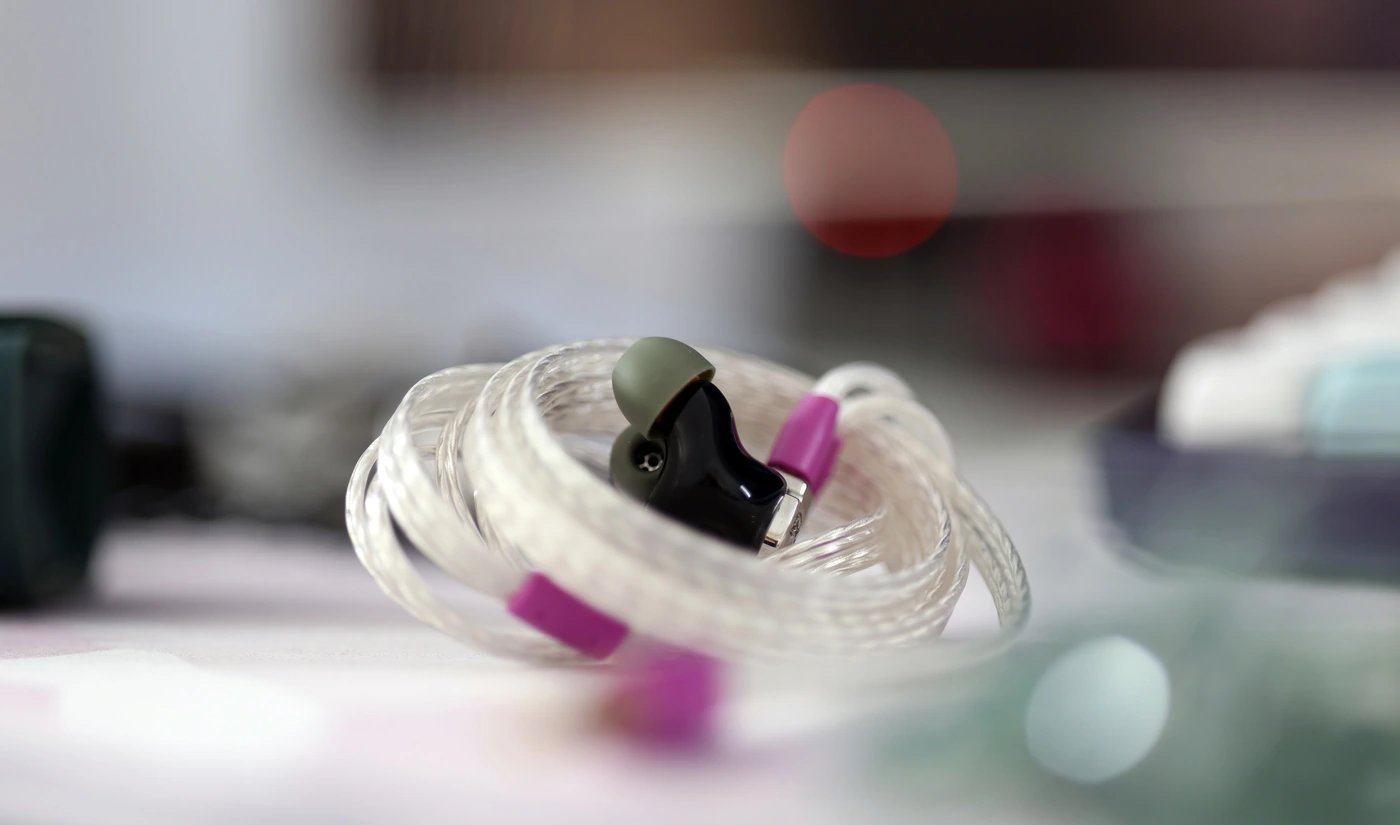
Sound – Svanar goes for pure neutrality, for a really flat and clean sound, it has the perfect reach in the bass, perfect treble extension, has sharp edges and goes or being as precise as possible, sounding really clean and clear. Bonneville has considerably more bass and warmth, more volume and weight to music, and a thicker midrange presentation. The soundstage of the Bonneville is both wider and deeper. HIFIMAN Svanar has a slightly better instrument separation, sounding more analytical, but Bonneville defines instruments in the bass and lower midrange better, since the extra bass and warmth can make those stand out more in a mix and among the others, while Svanar has more separation in the upper midrange and treble. I would use both as universal IEMs, Svanar if you know you like a neutral, brighter tuning with great analytical and revealing abilities, and Bonneville if you prefer more weight, warmth and substance in your music, but still want that treble bite and sparkle to be there.
Campfire Bonneville vs Sennheiser IE900 (1399 USD vs 1499 USD)
Build – There had to be a worthy competitor in comfort, or at least in size. IE900 is small and ergonomic, but you’re mainly supposed to use them with the default eartips, along with the default cable. IE900 does come with three cables, but out off those three, all of them have a solid ear guide, which hinders comfort and Bonneville feels considerably more comfortable, and both IEMs having MMCX connectors, Ie900 went with a proprietary size / format so aftermarket cables are not compatible with it. Overall, Bo0nneville has a better fitting, more passive noise isolation, the default cable is more flexible, and although it is both larger and heavier, it is a more comfortable earphone. Ie900 is harder to drive, but less sensitive to source noise / source quality.

Sound – Once you get a good fit with both and once you power both, Ie900 sounds sharper, brighter and has a splashier treble with more high-end extension, but less bass warmth, and less warmth in the midrange. Bonneville sounds more impactful, warmer, more romantic and more complete, while IE900 can sound sharper at times, at the risk of sounding harsher and more metallic too. Bonneville tends to have a soft roll off in the treble, showing less treble extension, while IE900 has a more brittle midrange in comparison. This makes ie900 great for rock, metal and electronic music, while Bonneville is more of an all-rounder handling rap, classical, jazz and basically all genres equally well. The soundstage is deeper on the Bonneville, a bit wider on the ie900, dynamics are stronger on Bonneville, textures are presented equally clear, but Bonneville always has more weight to each musical note, and a thicker sound.
Campfire Bonneville vs FIR Audio e12 Electron (1399 USD vs 1799 USD)
Build – I just finished my written review exploring the e12 Electron a few days ago, so I still use it daily now, for other reviews, and because it is fun to use. This being said, the ergonomics of the Bonneville are slightly better, as they have a lighter IEM shell, a smaller and more ergonomic shaped IEM shell, as well as a lighter cable, although the cable of the e12 feels sturdier. There’s a good selection of tips with both IEMs, but I ended up using the same ddHIFI ST35 tips with both, as they offer me the best overall comfort, and both IEMs have a good passive noise isolation, although Bonneville offers a slightly stronger passive noise isolation across all frequencies. While both are easy to drive, Bonneville is slightly more sensitive to source noise and e12 presents slightly less source noise across all sources.
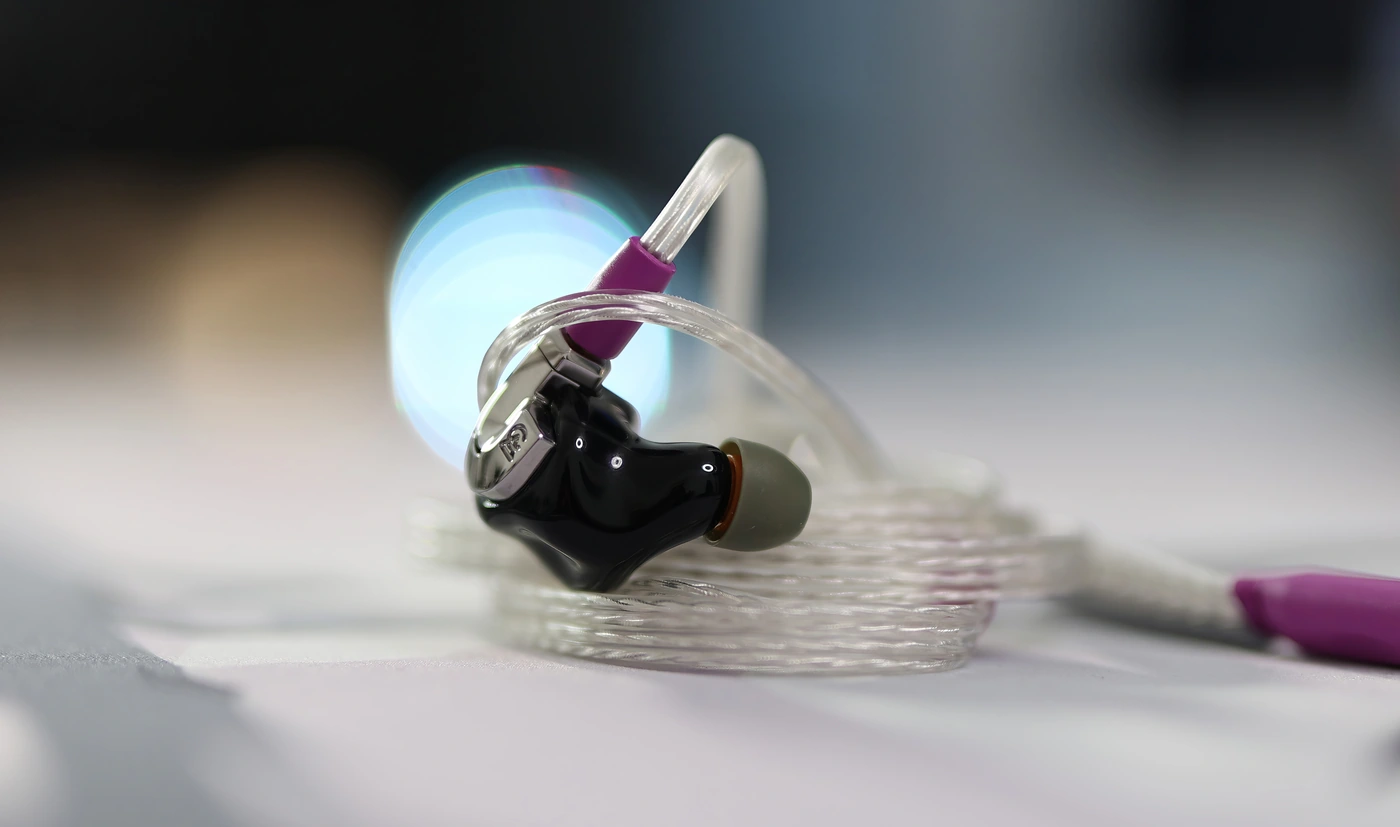
Sound – Sonically, the two are quite different, and e12 sounds warmer, bassier, fuller and with much more low end punch and more sub bass, while Bonneville has a more natural treble extension, more air and sparkle, better resolution in the treble and more high-end refinement. The bass of e12 is the basshead’s dream, while the bass of Bonneville has a bit of extra to saturate the guilty pleasure in most people, but is not really presented in the amount that would classify them as basshead. The midrange of the Bonneville has a brighter, more natural presentation, with slightly more textures, while the midrange of e12 is quite a bit smoother, leaner and with less textures. The treble of the Bonneville is more universal, airier, it has better extension and better sparkle, plus more bite and resolution, while the treble of e12 rolls off softly, and presents a bit of of a metallic tinge and peak after which it settles for complete peace and smoothness. E12 is the kind of IEM I would recommend to any basshead, while Bonneville should be perfect for anyone, it can satisfy both those seeking detail and those seeking soundstage, those wanting brightness and those who want a bit of extra bass and warmth without going over the top.
Campfire Bonneville vs Spirit Torino Twin Pulse Beryllium (1399 USD vs 1000 USD)
Build – Spirit Torino is a larger IEM with slightly less comfort, as it has solid ear guides, which can dig into your ears, as well as larger IEM bodies, and a heavier IEM, so Bonneville really feels quite a bit lighter, it has a more flexible cable, flexible ear guides, the IEM shells are more ergonomic, and Spirit Torino has a solid case with sharp edges, while every single edge on the Bonneville is smooth as butter. Bonneville offers considerably more passive noise isolation, as it is designed to be used portably, while Spirit Torino’s Twin Pulse Beryllium leaks a bit, and offers next to no passive noise isolation. Both IEMs are easy to drive, and both are about as sensitive to source noise as each other.

Sound – Sonically, Bonneville sounds considerably more V-Shaped, with a brighter treble peak, more sub bass extension and impact, and more bass warmth as well, while Twin Pulse Beryllium suns more mid-centric, and offers a more airy soundstage, at the cost of some instrument separation. The bass impact is hard and solid on the Bonneville, while it is softer, and less forceful on the Twin Pulse beryllium. There is a good sense of space with both, but Bonneville has a better depth, while Twin Pulse Beryllium has a wider soundstage. The treble extension is higher on the Twin Pulse Beryllium, which have a more even treble extension up to 20 kHz, while Bonneville has more focus on their own peak around 11kHz to 13 kHz, creating a more V-Shaped overall response than the Twin Pulse. If you generally prefer having more bass and a deeper bass, Bonneville will offer that, along with better resolution and improved clarity, micro details and a better precision, at an increased cost, while Twin Pulse sounds like an open back IEM, providing an airier sound, with less bass depth and impact, but more treble air, less instrument separation and a more blended sound, and a softer bass impact.
Pairings
Campfire Bonneville + iBasso DX320 MAX Ti (1399 USD + 3499 USD) – While recently I’ve used the Bonneville a lot with iBasso DX260, as part of my review exploring the new DAP, DX320 MAX Ti is still the kind of DAPs for both large hard-to-drive headphones, and IEMS, it offers the smoothest, fullest sound, best dynamics and best contrast, with the widest and deepest soundstage too, having perfect control over Bonneville and having a totally, perfectly black background with no noise. I can say the same about DX260, and to give you a little spoiler, DX260 has a background that is as perfectly quiet as DX320 MAX Ti, but if you’re looking for simply the best source and if cost is not a problem, DX320 MAX Ti will offer that quite nicely, being the king of DAPs at the moment and offering a natural, dynamic and punchy listening experience, with a deep, voluptuous bass, and a smoother, refined and detailed treble that you can enjoy for days without getting bored or tired of.
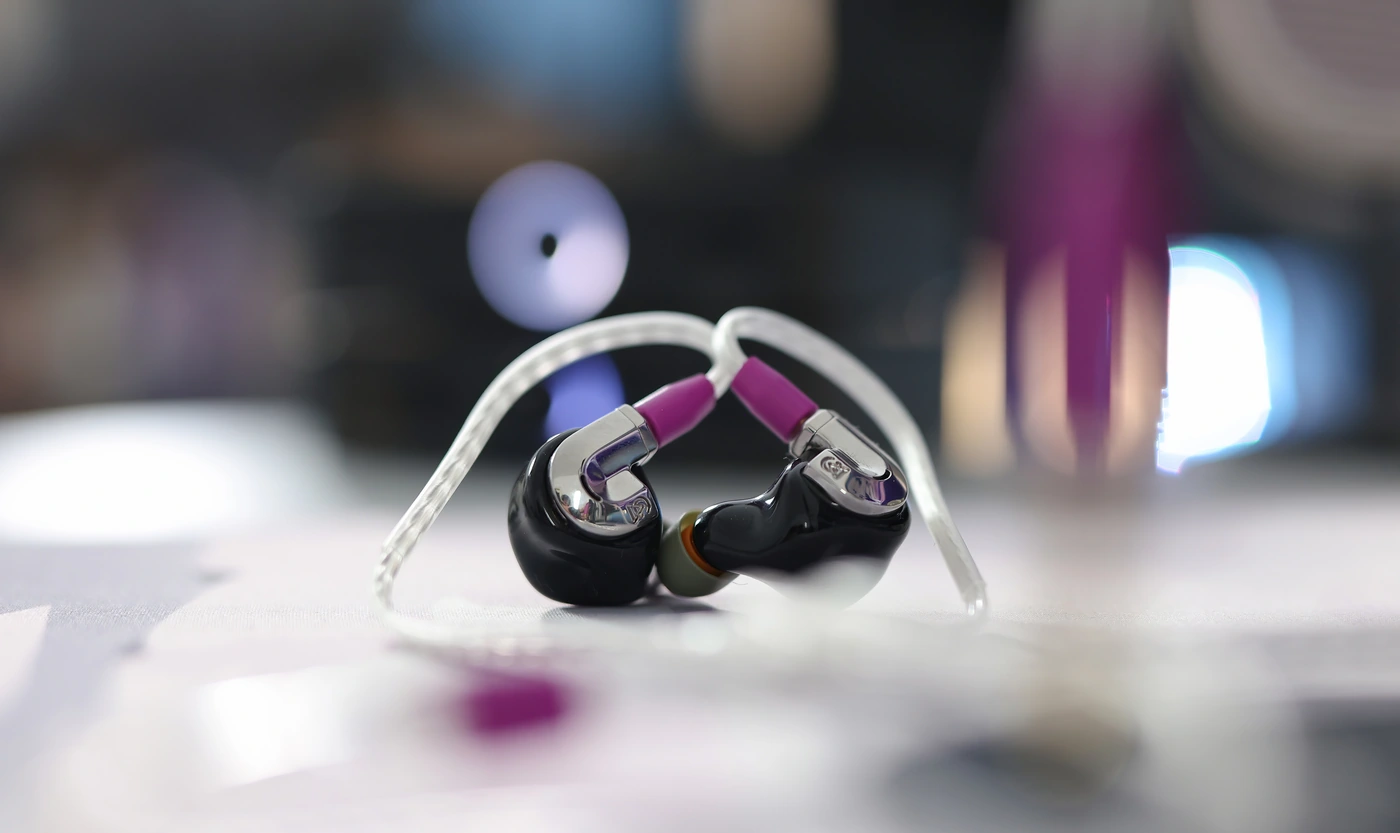
Campfire Bonneville + Astell&Kern A&Futura SE180 (1399 USD + 1500 USD) – I always liked the way SE180 pairs with IEMs, and how it has a really quiet background and no noise, but I discovered that it can totally change the character of some IEMs, and while Bonneville sounds quite warm and full with most sources, it becomes brighter, more neutral and more precise with SE180, it comes to life as a more analytical, focused and wider sounding IEM, with a shallower soundstage and improved instrument separation, with a lower amount of bass. If you have the Bonneville and want to make them more neutral and cleaner, SE180 is a great way to bring in more detail and take away some bass, although this isn’t the case with all IEMs, just an observation while checking out the pairing between the two.
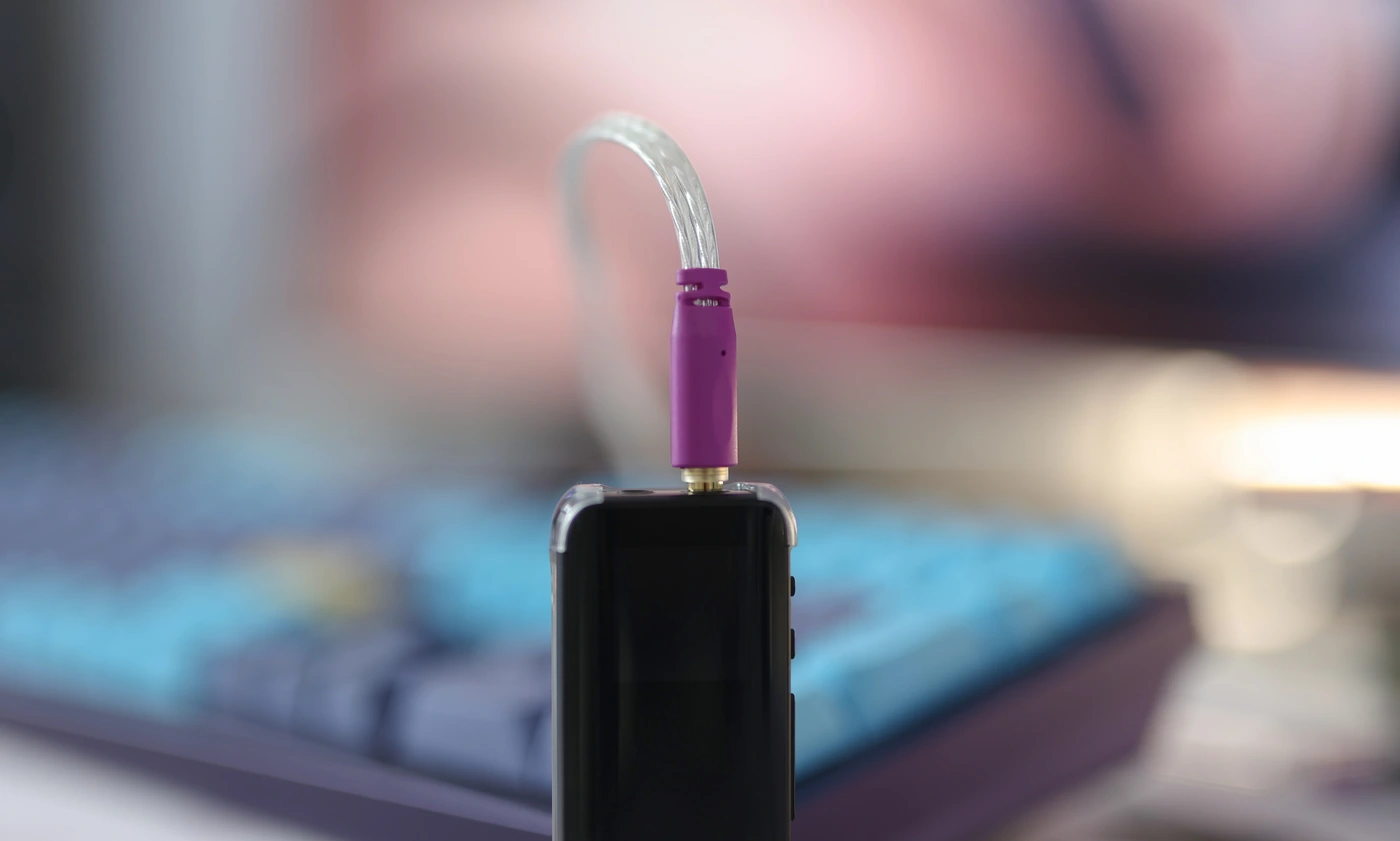
Campfire Bonneville + Lotoo PAW 6000 (1399 USD + 1200 USD) – If you want a DAP that has a ton of features, is excellent in sonics, but also backs a softer, leaner sound, PAW6000 is a great option for driving the Bonneville, and it has one of the most holographic, but lean sounds, one of the softest impacts, but with outstanding resolution, precision and detail. The trick with PAW 6000 is that it never has a hard edge, it always sounds natural, and it doesn’t force the details onto you, rather allowing music to sound a bit softer, it takes away a bit of punchy, to bring in a better dynamic range, and if you’re a fan of control and no background noise, PAW 6000 is a great way to enjoy the Bonneville.
Value and Conclusion
While when exploring most high-end earphones and IEMS, you have to be mindful of the value, Campfire always manages to deliver outstanding value for their IEMs, and Bonneville is no exception, as they offer exceptional build quality, comfort, novelty technology that is well implemented, and a user experience that’s top notch with a universal IEM, that can be ordered in the custom variant too. Campfire Bonneville is what I would consider perfect, an IEM that has it all, both the deep and full bass, but also the detailed midrange and the crisp treble you’d want to hear with all music, offering it all in an appealing package, being a great value for a flagship IEM.
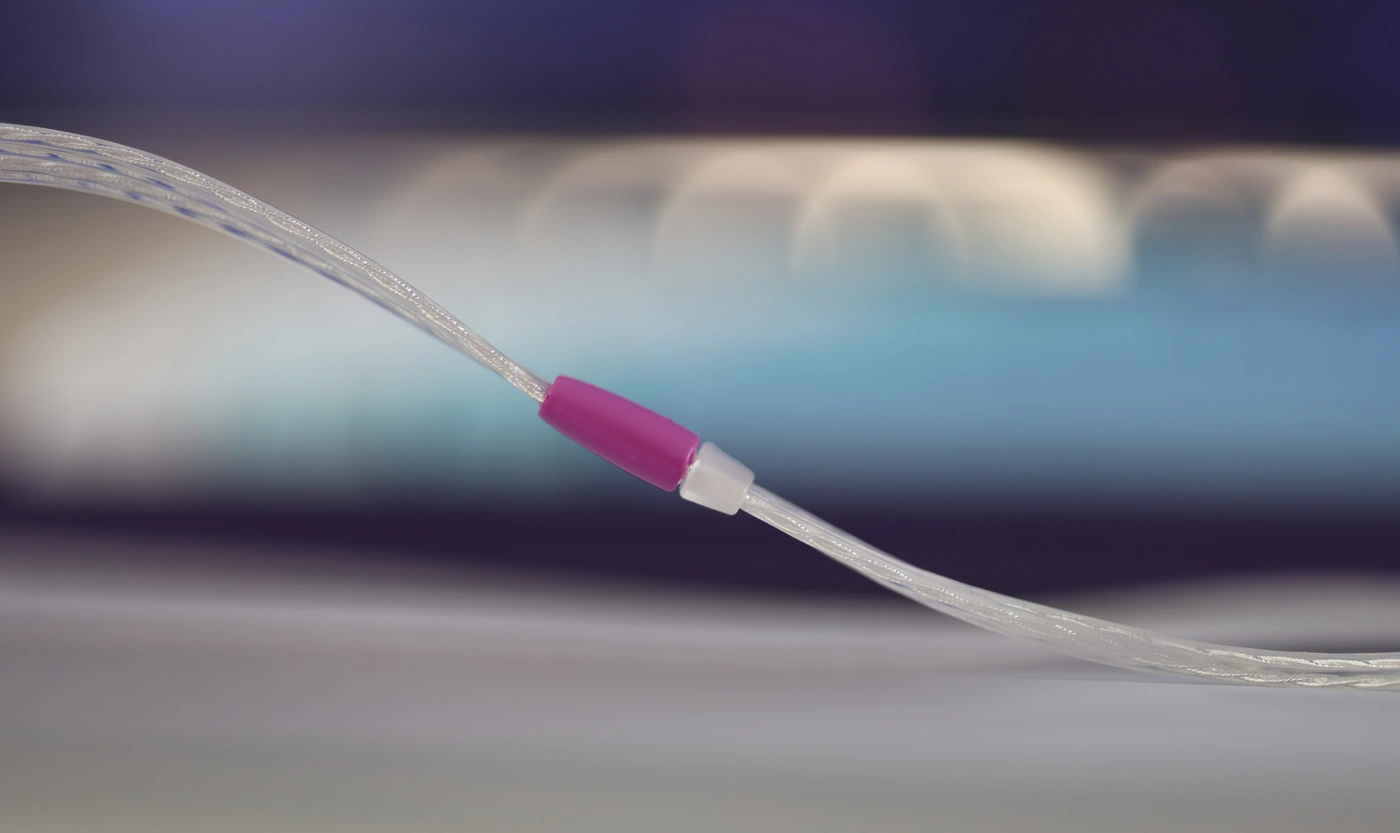
Before the end of the day, you might have guessed, but Campfire Bonneville earns the Audiophile-Heaven Hall Of Fame award, as one of the best IEMs I heard in 2024, offering a package that I fell in love so much I actually take with me in my free time and vacations now, and offering me enough passive isolation to be a great airplane IEM.
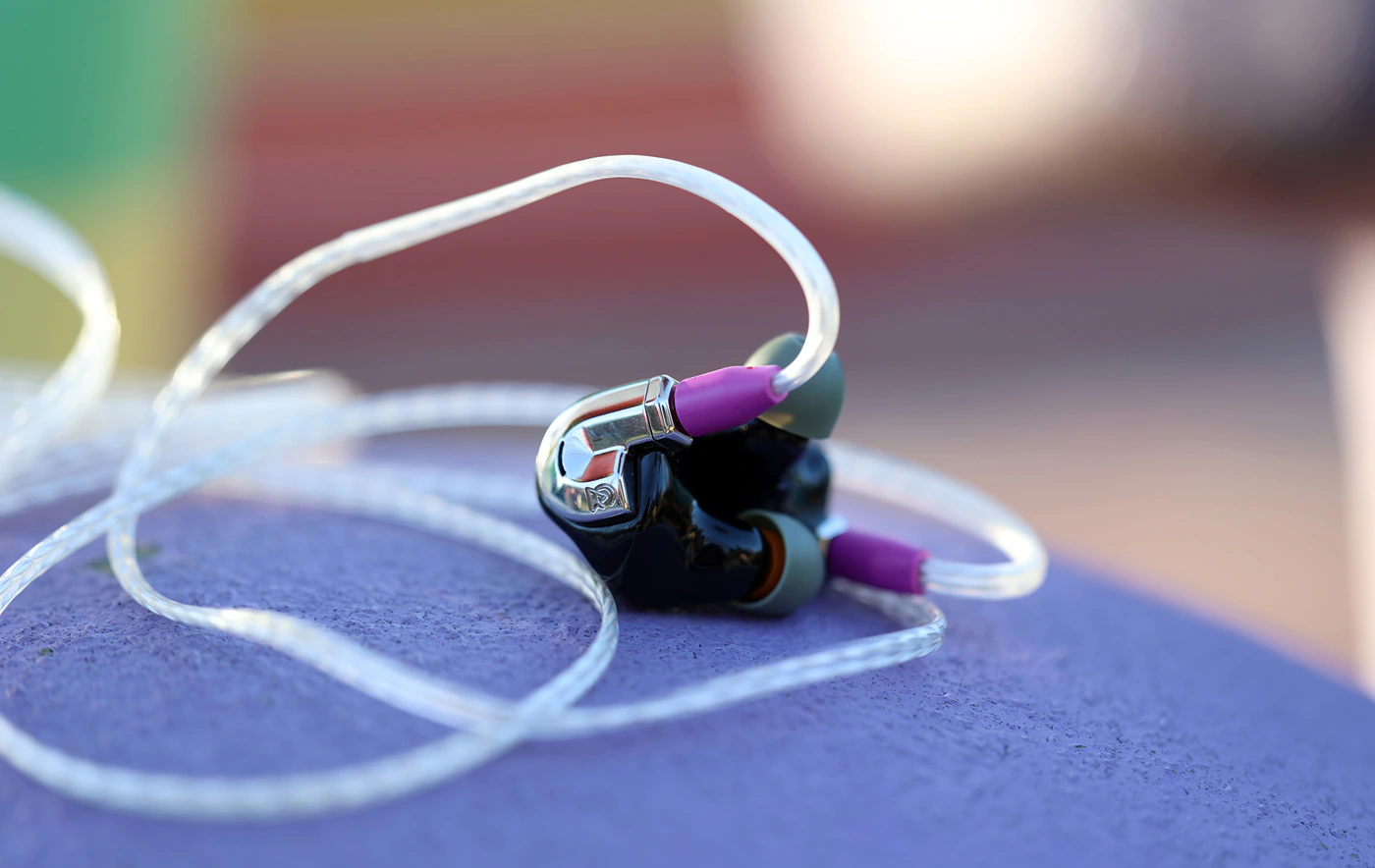
At the end of the day, if you’re looking for a warm midrange in a V-Shaped IEM, with a musical edge, but exceptional resolution, good instrument separation, and holographic soundstage, a comfortable fit, and fashionable looks, Campfire Bonneville should offer all of the above and more, and it is a fully recommended IEM that I trust, use and love.
Product Link
You can grab one from Campfire here – https://www.campfireaudio.com/products/bonneville
You can grab one from www.amazon.com here – https://amzn.to/49mpQop
Technical Specifications
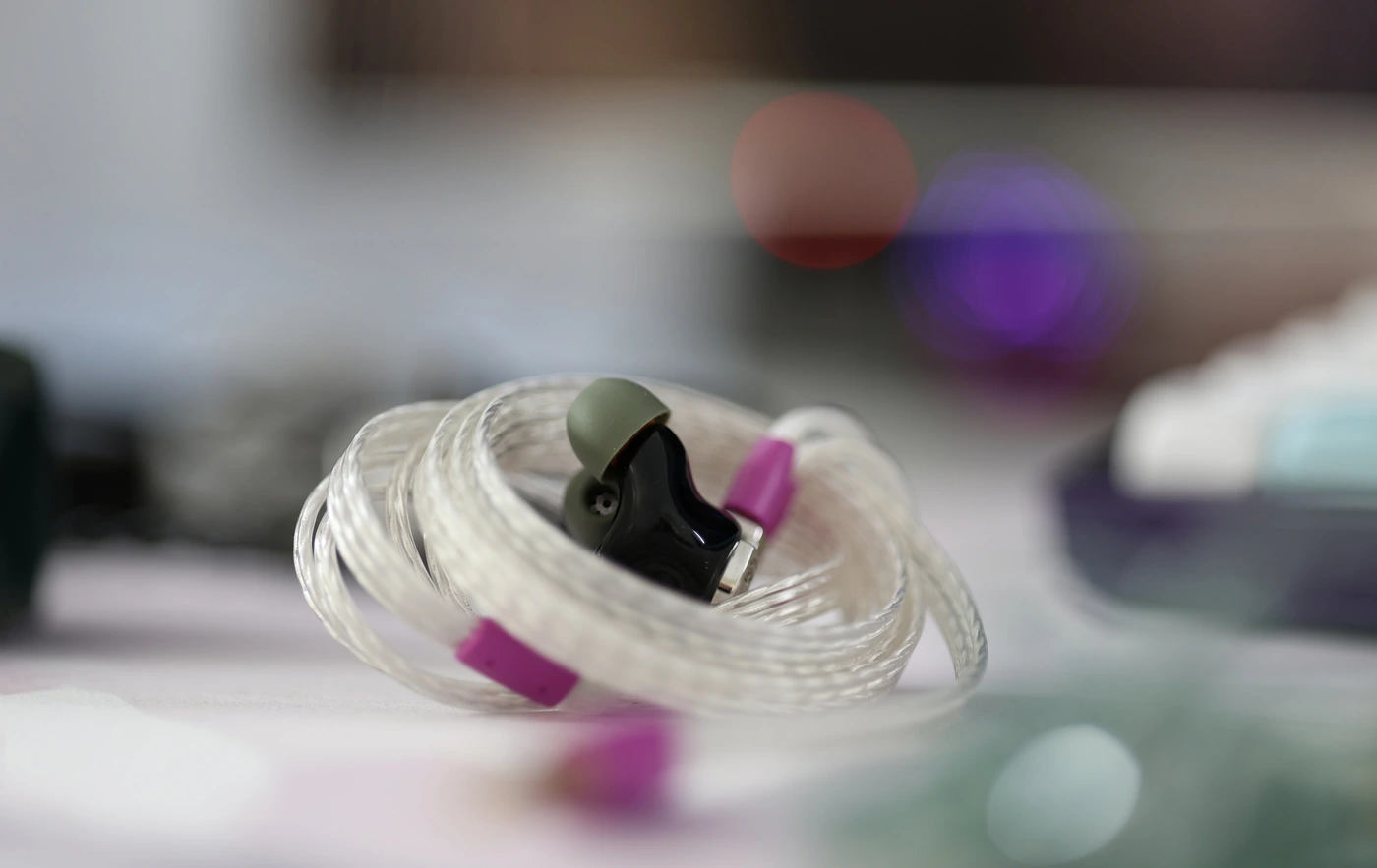
Frequency Response – 5Hz–20 kHz
SPL: 94 dB @ 1 kHz – 14.59 mVrms
Impedance – 29 Ohms @ 1 kHz
THD – Less than 1% Total Harmonic Distortion
--- Please remember to stay safe, and always have fun while listening to music!---
- If you have a dime to spare, please donate, and help us! It would make the day brighter for me and my wife-
Full Playlist used for this review
We listened to more songs than those named in this playlist, but those are excellent for identifying a sonic signature. I recommend trying most of the songs from this playlist, especially if you’re searching for new music! The playlists are different for Spotify, Tidal and Youtube, and based on the songs I enjoy and are available on each!
https://www.youtube.com/playlist?list=PL_cjBXGmwSHSdGcwuc_bKbBDGHL4QvYBu
https://open.spotify.com/playlist/5J3oloz8Riy9LxEGenOjQ0?si=979ba4f082414be7
https://tidal.com/browse/playlist/330fd544-8e5b-4839-bd35-676b2edbb3d5
--- Contact Us ---





